Sheet metal fabrication
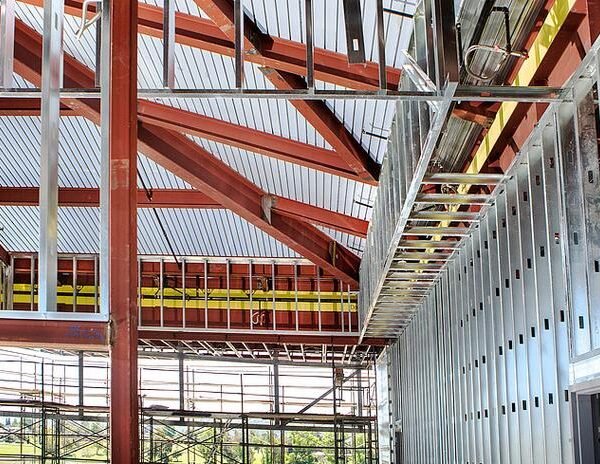
We specialize in custom Sheet metal fabrication, delivering high-quality, reliable workmanship.
Our fast delivery schedule ensures you’re on schedule.
Contact us Weldo today for a competitive quote!
What is Sheet metal fabrication ?
Sheet metal fabrication is a construction technique involving the cutting, bending, and assembly of cold-formed steel to create robust structures. It enables precision fabrication, delivering durable and flexible building solutions.
Mainstream processes include:
Laser cutting: Accuracy reaches ±0.1mm, suitable for complex contour processing
CNC bending: Minimum bending radius ≥ material thickness to avoid cracking
Welding/riveting: AWS D1.1 welding standards ensure structural strength
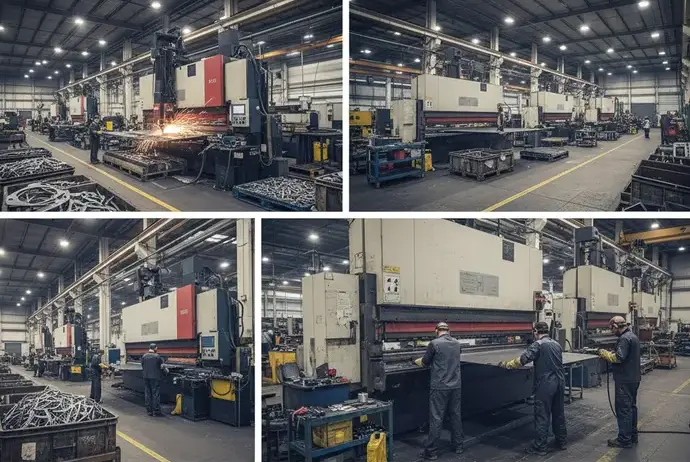
Material for sheet metal fabrication
| Steel Type | Tensile Strength (MPa) | Yield Strength (MPa) | Elongation (%) | Typical Application Scenarios |
|---|---|---|---|---|
| SPCC Cold-Rolled Steel | 320-400 | 180-250 | 28 | Electrical control cabinets, equipment housings |
| Q235 | 375-500 | 235 | 26 | Building structural supports |
| A36 | 400-550 | 250 | 20 | Heavy machinery bases |
| Stainless Steel | Salt Spray Resistance Test | Hardness (HV) | Weldability | Typical Application Scenarios |
| 304 | 5000 hours no red rust | 150 | Excellent | Medical equipment frameworks |
| 316 | 10000 hours no red rust | 160 | Good | Marine engineering structures |
| 430 | 3000 hours no red rust | 180 | Medium | Kitchen equipment supports |
| Aluminum Alloy | Density (g/cm³) | Tensile Strength (MPa) | Surface Treatment | Typical Application Scenarios |
| 6061-T6 | 2.7 | 310 | Anodizing | Electronic equipment housings |
| 5052-H32 | 2.68 | 230 | Spraying | Ship deck frameworks |
| 3003-H14 | 2.73 | 150 | Electrophoresis | Decorative framework components |
Surface finishes for metal sheet fabrication
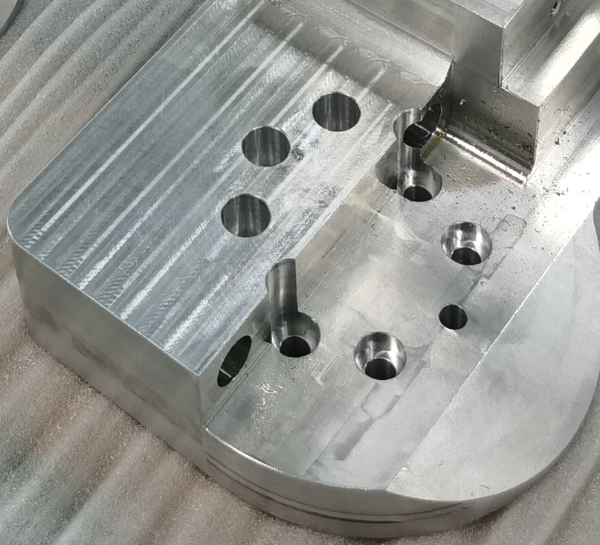
Machined finish
The prototype processed by the machine tool retains traces of tool machining.
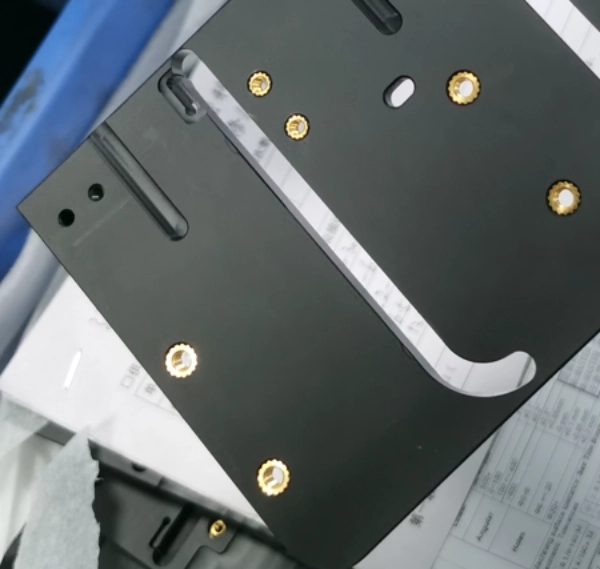
Anodizing
Anodizing enhances the corrosion and wear resistance of metals and enables coloring and coating, suitable for metals such as aluminum, magnesium, and titanium.
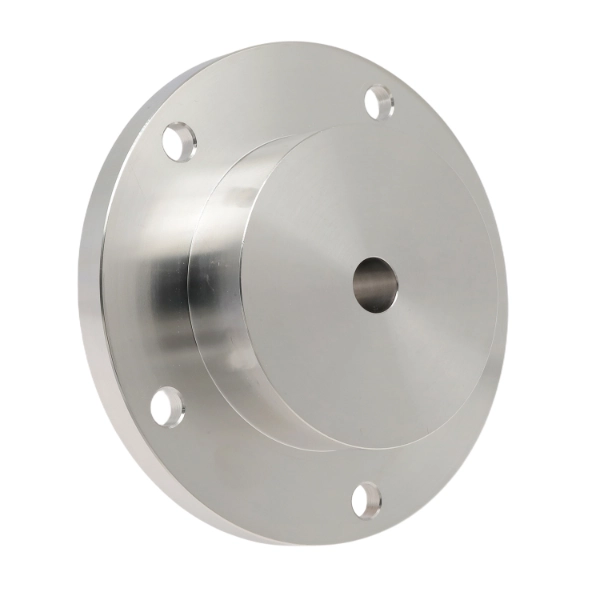
Polish
Polishing enhances surface finish and aesthetic appeal, suitable for materials such as metals, ceramics, plastics, and PMMA.
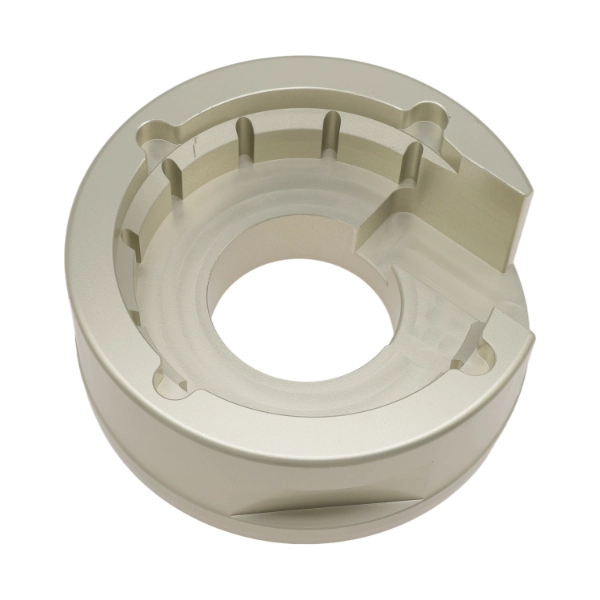
Sand blasting
Sandblasting involves propelling abrasive material at high pressure or mechanically onto a workpiece to achieve a clean, roughened, and matte finish.
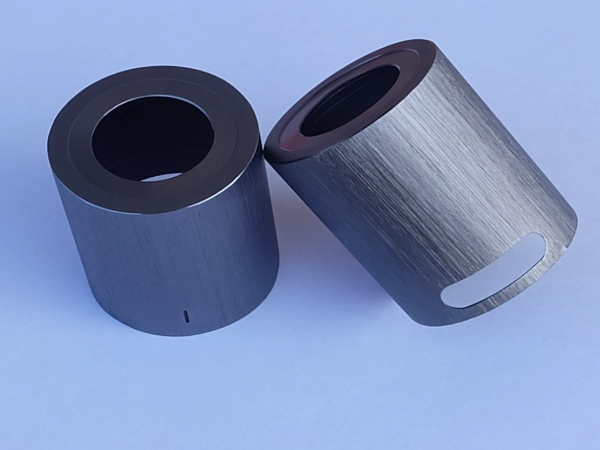
Brushed finish
Brushed finish creates a textured pattern on metal surfaces, enhancing aesthetic appeal. Suitable for aluminum, copper, stainless steel, and other materials.
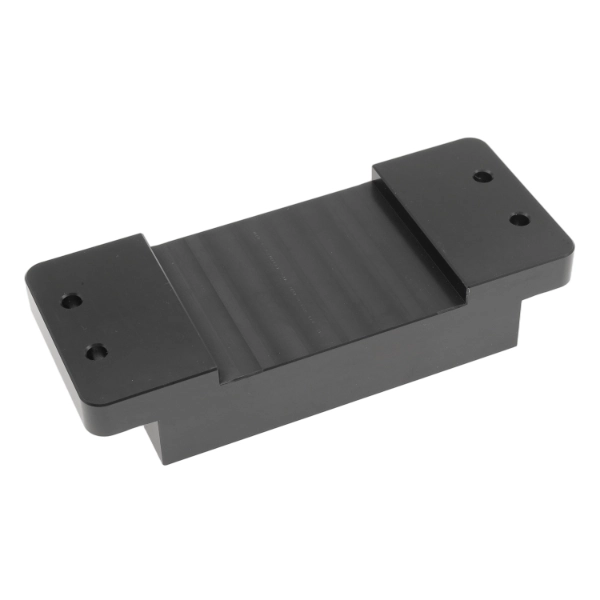
Powder coating
Powder coating is applied to the workpiece surface via electrostatic adhesion, then cured at high temperatures to form a dense coating, enhancing the corrosion resistance of metal and plastic surfaces.
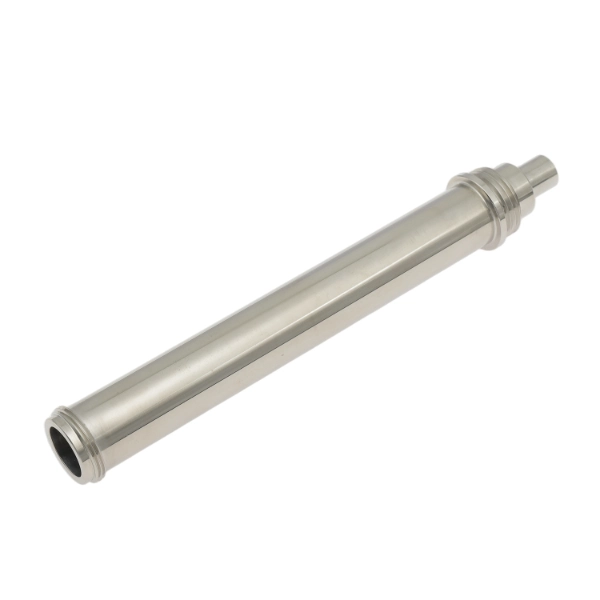
Electroplating finish
Metal plating is deposited onto material surfaces through electrolytic processes to enhance corrosion resistance and wear resistance. This technique is suitable for metals and certain plastics.
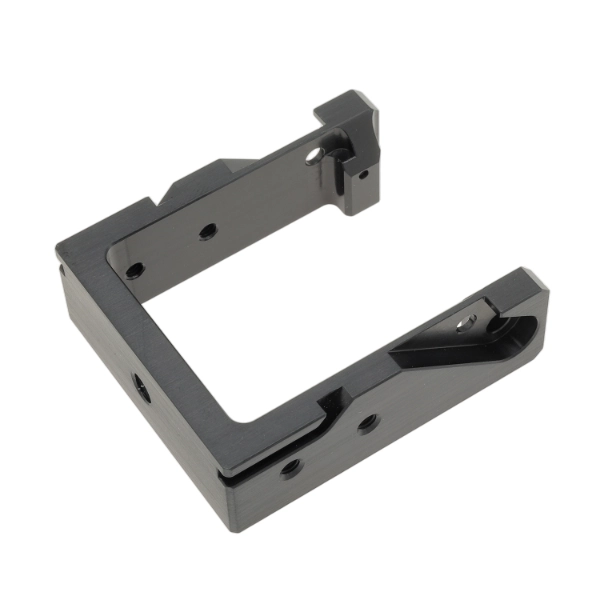
Black oxidize
A black oxide coating is formed on metal surfaces through chemical oxidation, offering low cost, a simple process, and reduced light reflection.

Electropolish
Removes microscopic protrusions from metal surfaces through electrochemical anodic dissolution, creating a smooth, dense surface free of residual stress and highly corrosion-resistant. Capable of processing complex metals and conductive materials.
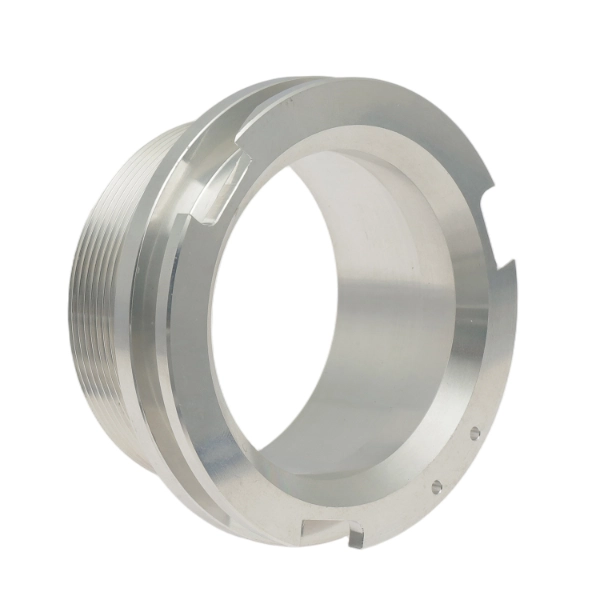
Alodine
Forms a protective coating on surfaces through chemical conversion, enhancing corrosion resistance and adhesion. Environmentally friendly with excellent conductivity, suitable for aluminum and magnesium alloys.
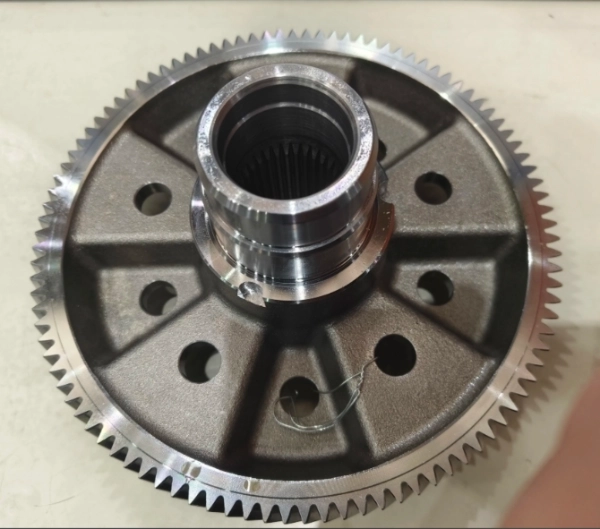
Heat treatment
By altering the internal microstructure of metallic materials through heating, this process enhances hardness, strength, toughness, and wear resistance. It is suitable for metals such as steel, aluminum alloys, copper alloys, and titanium alloys.
Sheet metal fabrication guide:
| Common Issues | Causes | Solutions |
|---|---|---|
| Inaccurate Cutting | Insufficient precision of cutting equipment, unstable fixation of the plate, etc. | Check and adjust cutting equipment, ensure stable fixation of the plate. |
| Dimensional Deviation in Forming | Worn molds of bending machines or punches, uneven thickness of the plate, etc. | Replace worn molds, check and adjust the thickness of the plate. |
| Welding Defects | Improper setting of welding parameters, poor quality of welding materials, etc. | Adjust welding parameters, replace with high-quality welding materials. |
| Poor Surface Treatment | Improper selection of surface treatment processes, improper operation during treatment, etc. | Choose appropriate surface treatment processes, operate strictly according to process requirements. |
Sheet metal fabrication capability:
| Core Parameters | Positioning accuracy ±0.03mm, Cutting speed up to 8m/min (for 1mm stainless steel) |
|---|---|
| Maximum Bending Length | 3100mm, Angle accuracy ±0.1° |
| Production Capacity | Monthly production of 80,000 precision sheet metal parts, Medical device frame defect rate < 1% |
| Material Compatibility | Supports special materials such as aluminum, copper, titanium alloy, etc. |
Advantage of metal sheet fabrication
High-Precision Manufacturing
Laser cutting tolerances are controlled within ±0.1mm, and bending angle repeatability reaches ±0.5°, meeting aerospace-grade requirements (e.g., aircraft seat frame mounting hole tolerance ≤0.2mm).
Optimized Material Utilization
Nested typesetting technology increases sheet material utilization from 60% with traditional stamping to 92%. This technology has resulted in a new energy battery tray project saving 1.2 million yuan in annual material costs.
Fast Iteration
The cycle time from 3D design to sample delivery is less than 72 hours, 80% shorter than traditional mold development, making it ideal for rapid validation of automotive prototypes.
Lightweight Structure
The aluminum alloy frame, designed with topological optimization, is 40% lighter than a steel structure while maintaining comparable rigidity through ribbed design (e.g., a 25% increase in the load-bearing capacity of a drone frame).
Environmentally Sustainable
The powder coating process reduces VOC emissions by 90% compared to solvent-based coatings, and the metal scrap recovery rate exceeds 95%, meeting EU CEP environmental standards.
Application of metal sheet fabrication
Automotive Industry: The Tesla Model 3’s body frame utilizes 5-series aluminum alloy, featuring laser-welded welds up to 150 meters long, reducing the vehicle’s weight by 180 kg.
Architectural Curtain Walls: The building’s curtain wall support frame utilizes 6061-T6 aluminum alloy, with a single piece length of 12 meters and a straightness error of ≤ 2 mm.
Electronic Equipment: Signal base station cabinets utilize galvanized steel (SGCC) with a powder coating, achieving an IP65 protection rating and stable operation in temperatures ranging from -40°C to 70°C.
Medical Equipment: The 316L stainless steel frame has a surface roughness of Ra ≤ 0.8 μm, is sterilizable at 134°C, and complies with ISO 10993 biocompatibility standards.
FAQ of metal sheet fabrication
Use pulsed laser welding with a heat-affected zone width of less than 0.1mm.
Weld from the center outward, using fixtures for securement.
Perform low-temperature stress relief annealing (300°C for 1 hour) after welding.
The material is in the T6 aging state, resulting in insufficient plasticity.
Bending radius less than material thickness (e.g., a 1mm thick 6061 T6 bending radius requires ≥1.5mm).
Preventative Measures:
Use O- or H32 annealed material.
Perform local annealing (temperature 410°C ± 10°C) before bending.
Sandblasting: 80-mesh alumina sand, pressure 0.3 MPa
Phosphating: Zinc phosphate coating thickness 5-8 μm, corrosion resistance ≥ 500 hours
Spraying: Powder coating thickness 60-80 μm, curing temperature 180°C x 20 minutes
Use a C-section steel + reinforcement cross-section to increase the moment of inertia by 30%
Install supports at intervals ≤ 1.5 m, and control deflection to L/200 (L = span)
Use Q355B high-strength steel, yield strength ≥ 355 MPa
Standardize material thickness specifications (e.g., use 1.2 mm and 2.0 mm thicknesses in the same product)
Use modular design to reduce part number variations by 30%
Switch mass production to progressive die stamping, reducing single-piece processing time to 15 seconds
